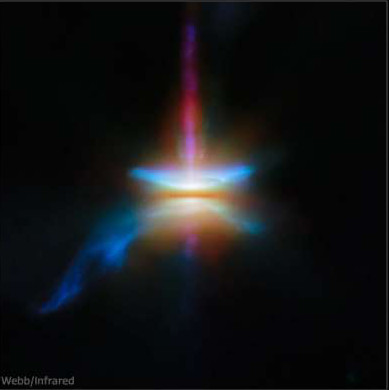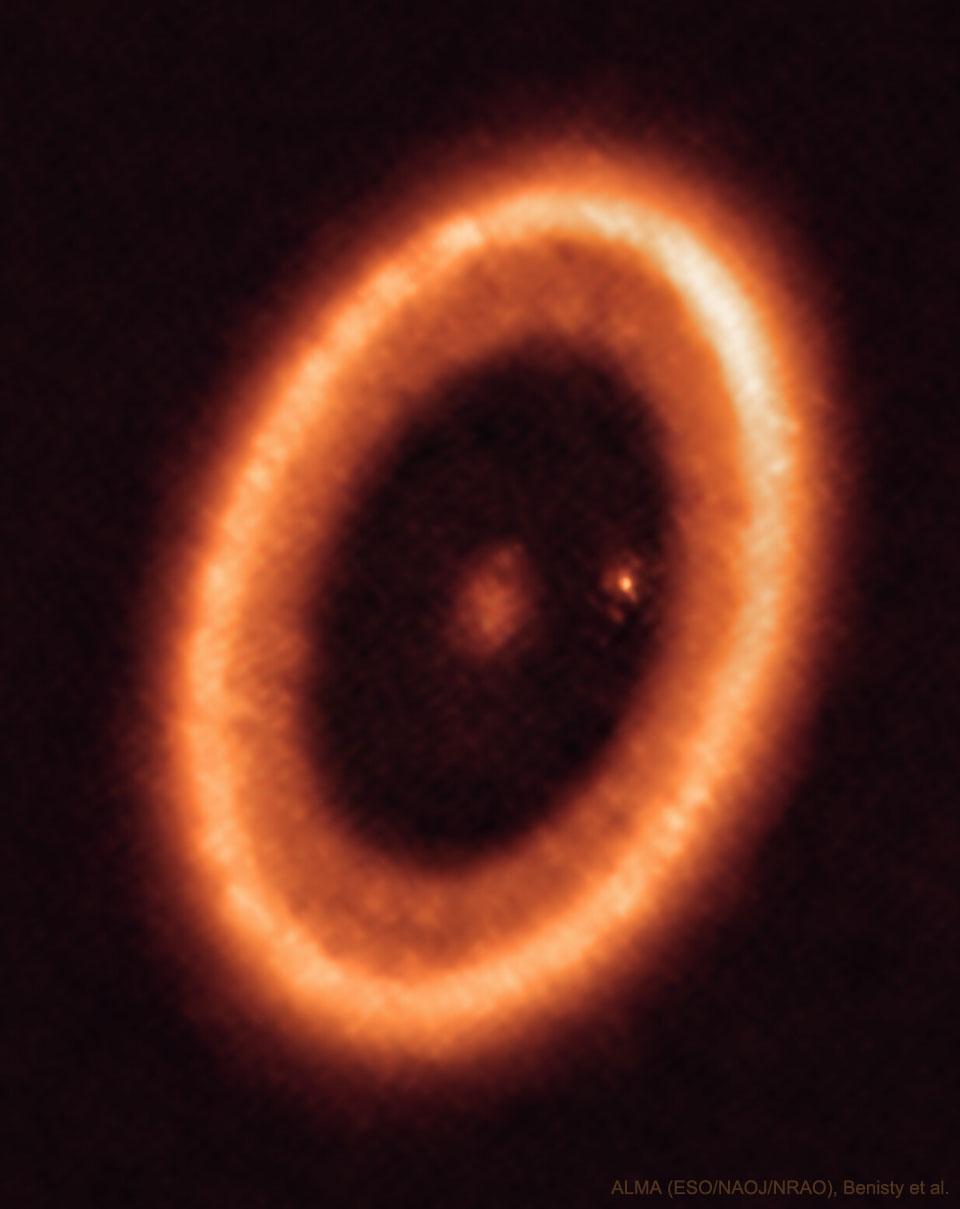Research Projects

Evolution and Diversification of Protoplanetary Disks: What governs the evolution and lifetime of protoplanetary disks and consequently the diversity of planetary systems revealed by exoplanet surveys? What is responsible for the differences between co-eval disks in the same cluster, as well as observed trends with stellar mass? This project focuses on the role of dissipation of the outer disk by stellar X-rays, and the attenuation of those X-rays by structures in the inner disk. It includes models of star-disk interaction and studies of disk structure at sub-AU scales using both time-honored and novel techniques. Image credit: NASA/ESA

Chimeric Disks and the Late Stages of Planet Formation: What happens in emerging planetary systems after the natal planetary disk has largely dissipated? In this poorly explored phase of planet formation, tens or even hundreds of Myr after the initial protostellar pase, a residual reservoir of planetesimals could interact with growing protoplanets. Dust and gas in such disks could be of both primoridal or secondary origin and these ``chimeric" disks have both T Tauri- and debris disk features. This project is identifying and studying such systems, in particular by the phootometric and spectroscopic signatures cause by dust and gas occulting the host star.Image credit: NSF/ESO

Young planets and Their Atmospheres: What are the antecedents of the numerous small planets discovered by Kepler around middle-aged stars? What are the compositions of their atmospheres, how do they evolve, and what are the implications for planetary chemistry, including prebiotic chemistry? The TESS all sky survey is discovering planets saround very young stars. The project is refining the statistics of these objects and studying atmospheric escape using ground- and space-based spectroscopy.Image credit: NAOJ

Temperate Planets: With time, transit surveys like TESS are discovering temperate sub-Neptune-size planets near or inside the ``habitable zones" of K and M stars where water can condense as liquid cloud droplets or even oceans. These planets offer insight into the evolution of atmospheres of smaller, rocky planets. This project involves the detection and statistical characterization of long-period sub-Neptunes, and modeling of their atmospheres.Image credit: NASA

Ages of Very Low-Mass Stars and their Planets: Most known small or temperate, and potentially Earth-like planets that are high-priority targets for characterization orbit K and M dwarfs. Knowing the ages of these systems to reconstruct planet evolution is critical, and for middle-aged K/M dwarfs, rotation-based ages (gyrochronology) is the most promising method. This project is improving the calibration of this technique using observations of stellar rotation in open clusters of known ages. Image credit: SDSS
